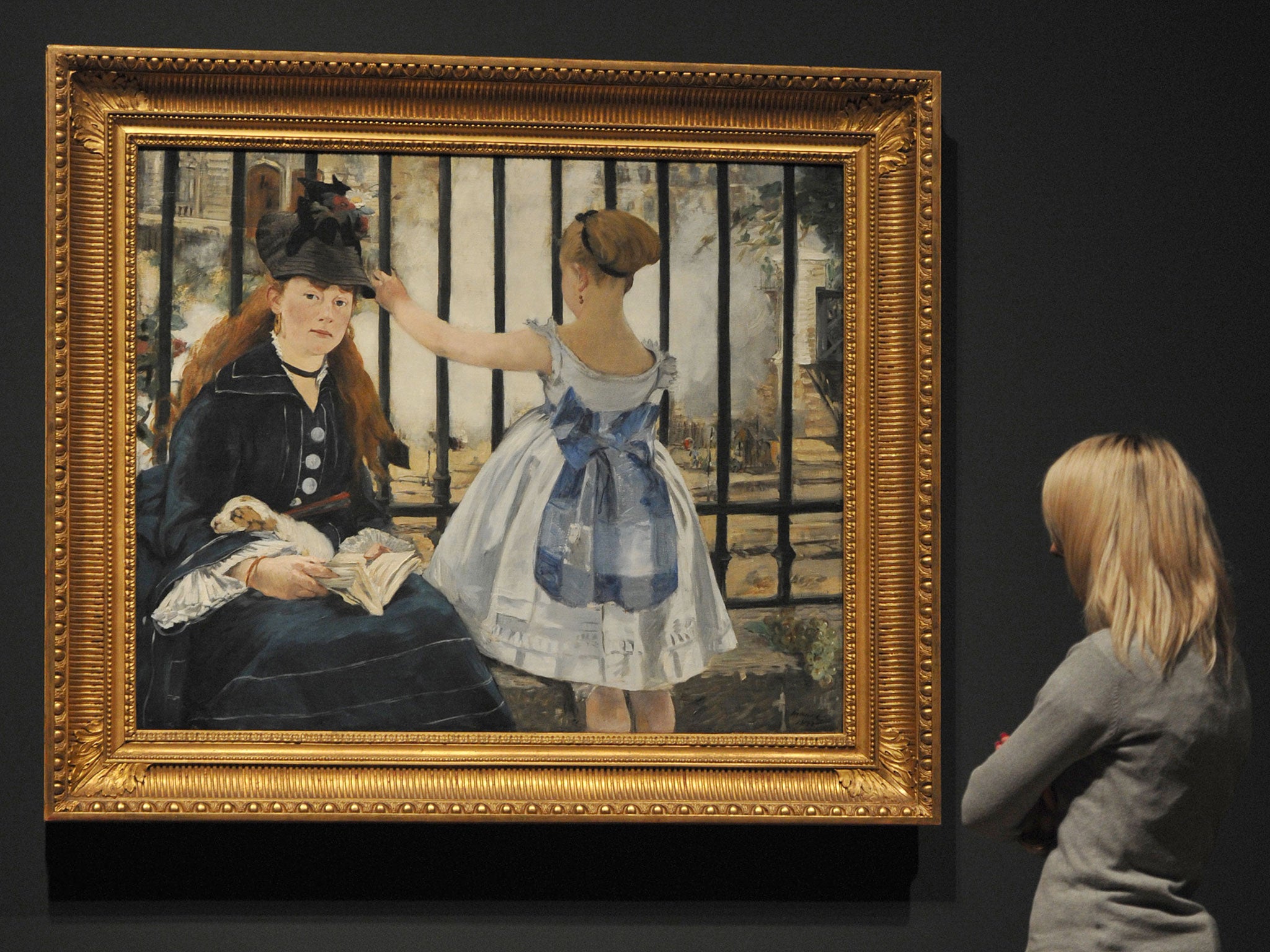Keeping An Eye Open by Julian Barnes, book review: Painter essays impress with their flashes of illumination
This is a rich and thoughtful book that should not be rushed

Your support helps us to tell the story
From reproductive rights to climate change to Big Tech, The Independent is on the ground when the story is developing. Whether it's investigating the financials of Elon Musk's pro-Trump PAC or producing our latest documentary, 'The A Word', which shines a light on the American women fighting for reproductive rights, we know how important it is to parse out the facts from the messaging.
At such a critical moment in US history, we need reporters on the ground. Your donation allows us to keep sending journalists to speak to both sides of the story.
The Independent is trusted by Americans across the entire political spectrum. And unlike many other quality news outlets, we choose not to lock Americans out of our reporting and analysis with paywalls. We believe quality journalism should be available to everyone, paid for by those who can afford it.
Your support makes all the difference.This is a dazzling collection of essays on art gathered together for the first time in book form, most of which I had never seen before. Some I had read previously, but one in particular I knew intimately and for a curiously satisfying reason. Called simply "Bonnard: Marthe, Marthe, Marthe, Marthe", it appeared originally in Modern Painters in the spring of 1998. I still own a copy of that particular issue and have reread it several times because, coincidentally, it also carries a first review of some of my own paintings.
But reading the article on Bonnard and forgetting myself, I became entirely mesmerised by Barnes's prose. Until that moment, (I had not read A History of the World in 10 1/2 Chapters with its chapter on Gericault), I'd simply associated Barnes with Flaubert's Parrot. Now I marvelled at a novelist whose writing had such painterly sensibility. How had he got beneath the skin of the artist?
Seventeen years have passed since that first encounter. What at the time appeared a wonderful piece of writing with all the fizz of Bonnard's own dizzy palette on rereading has mellowed into something altogether deeper and more tender. Take for instance Barnes's observations on the 1925 Nude in the Bath. "Bonnard," says Barnes, "isn't painting Marthe's likeness … so much as her presence and its effect. Those many paintings in which just a bit of her appears at the edge could be taken as an attempt to marginalise her … In fact, they're the opposite – proof of her immanence. And when not even an elbow or the back of her head remains, she is still present: those coffee things, that abandoned plate, that empty chair, are a sure signs of Marthe Having Been There…"
This passage, written long ago by a younger man, is one that movingly foreshadows what was to come in Barnes's Levels of Life.
Keeping an Eye Open is about many wondrous things. Luminous in parts, funny too, as in the hilarious piece on Lucian Freud but above all sharp-eyed and sensitive. To write engagingly on painting needs an articulate eye. In the case of Barnes, language acts like white highlights in painting, nudging us towards a different way of looking. When he writes about Nude in the Bath those slight traces of himself present in the text trail through the paintings, preserving them in words. On a trip abroad with his wife and Howard Hodgkin, he furnishes us with just enough detail to imagine the languid heat and sunlight so necessary to the colourist Hodgkin. And in his diary on another trip he observes: "It is not what you paint, it is also what you don't paint." Perhaps then it isn't so much what he himself says but what he leaves out that completes the story of that journey.
Taking down my copy of Modern Painters I stared at its battered cover showing Bonnard's last painting Almond Tree in Blossom (1947). Barnes writes that Bonnard "had barely signed the picture when he died. On the day of his funeral, 23rd January 1947, snow fell on the pinkish brightness of the almond, as it did on the yellow brightness of the mimosas." Mentioning the mimosa is a masterstroke on Barnes's part. In that simple detail, contrasting those dense pink blossoms with the yellow ones, Barnes fixes forever the brilliance of the colours in our minds.
Finally, with characteristic irony, Barnes suggests that the writer, the critic and the viewer are all irrelevant beside great works of art. "We wander through the great galleries," he writes, "appreciative or dismissive according to … the fashion of the times, putting this or that picture into our top 10… But the art itself goes on regardless, above our heads, massive and uncaring."
Keeping an Eye Open is a rich and thoughtful book that should not be rushed. These essays are too full of chiaroscuro, their flashes of illumination too fascinating, their connections too interesting for a cursory reading. But isn't that exactly the way we should be looking at paintings, too?
Roma Tearne's novel 'The Last Pier' is published by Hesperus
Join our commenting forum
Join thought-provoking conversations, follow other Independent readers and see their replies
Comments